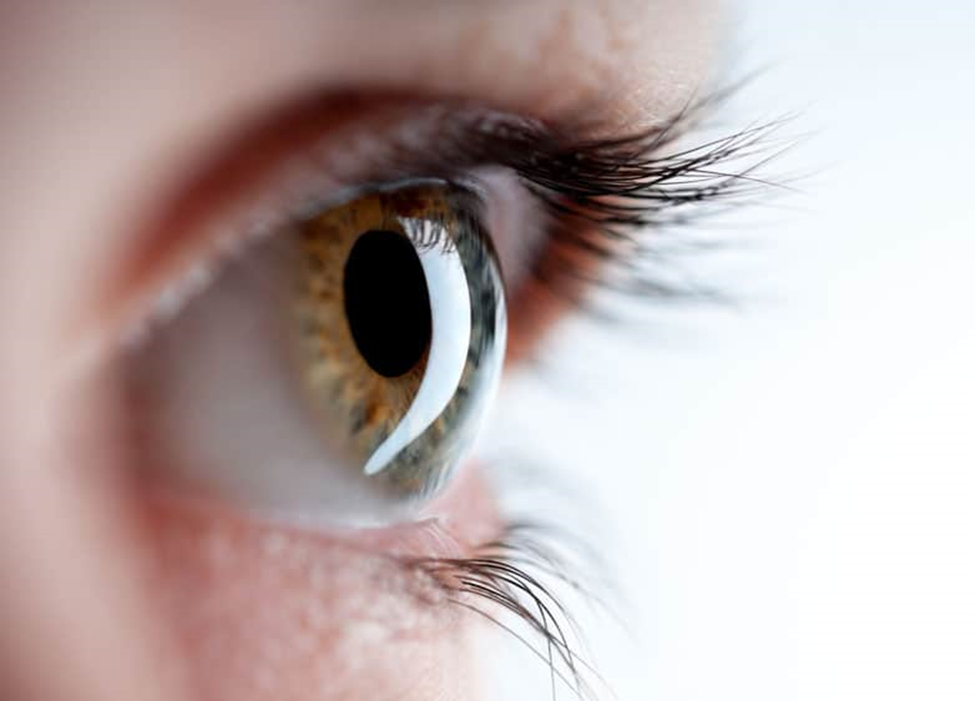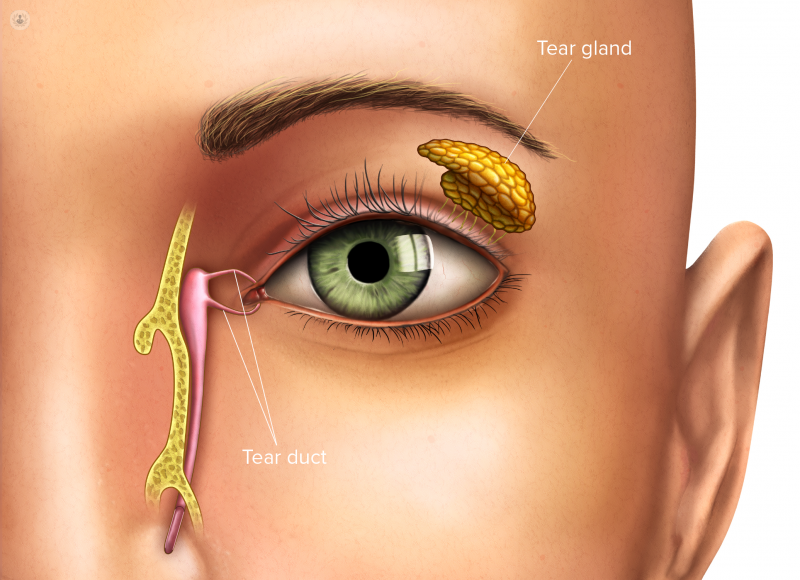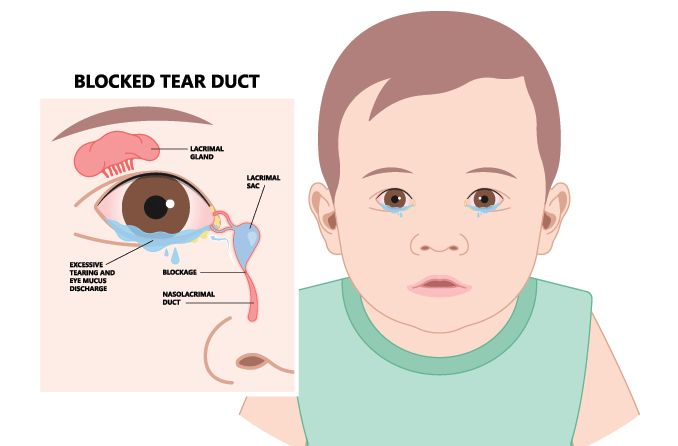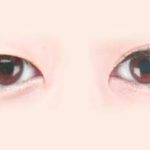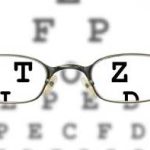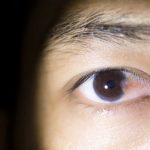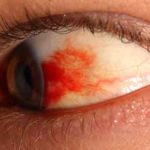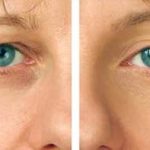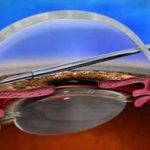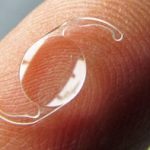TEAR DUCT SURGERY
There is a small hole at the inner corner of the upper and lower eyelids. These holes are known as puncta. The puncta are one of the structures responsible for collecting tears which then drain away into the nasal passages. If the puncta are too small, tears will be unable to drain out properly. This results in a watery eye. Tears may even spill over onto the cheeks causing soreness and irritation to the skin.
What Is Tear Duct Surgery?
Tear duct or lacrimal duct surgery is an eye surgical procedure to fix the dysfunction in the tear drainage system or to create a new tear drain between the eyes and the nose.
What Are the Symptoms of a Blocked Tear Duct?
There are Symptoms to indicate that there is an obstruction in the tear duct. These symptoms contain the following:
1- The eyes become filled with tears that are drained through the face.
2- The vision becomes blurred due to the excess of tears, which may lead to amblyopia.
3- The area near the inside corner of the eye swells.
4- The white part of the eye becomes red.
5- Excessive mucus on the surface of the eye.
How Is Tear Duct Surgery Performed?
Tear duct obstruction surgery is also called dacryocystorhinostomy. It is performed under general anesthesia. There are two types of dacryocystorhinostomy:
External dacryocystorhinostomy: after the patient is anesthetized, the surgeon makes an incision on the nose near the lacrimal duct and removes some bones to reach the internal part of the nose to make a linkage. After that, a stent is placed in the passage between the nose and the lacrimal sac.
Endonasal dacryocystorhinostomy: this method is performed with no demand for any surgical incisions; therefore, it does not leave scars. In this procedure, the surgeon inserts an instrument with a camera through the nose into the tear duct system in order to remove the blockage.
Before Tear Duct Obstruction Surgery
The patient should undergo some procedures that before any surgery in general and before lacrimal duct surgery in particular, including:
1- Examining the eyes and the tear duct system.
2- Having an MRI, CT scan, and/or an X-ray for the eyes.
3- Some tests are made by the doctor to examine whether there is an obstruction or not.
4- Doing blood and allergy tests.
5- Measuring how fast tears are drained by a tear drainage test.
After Surgery
Since it is a simple surgery, the patient can go home after the surgery, meaning that tear duct surgery is an outpatient procedure. However, before discharging the patient, the doctor clears a few things concerning the healing process such as:
1- It is possible to feel pain after the surgery. The doctor prescribes some painkillers for such cases.
2- During the first days after the surgery, the patient suffers from swellings and bruises around the nose, eyes and near the incisions.
3- Swells and bruises are normal after the surgery. You can use cold compresses to reduce them.
4- If the procedure involves inserting a stent, it will be removed after 3 months at the doctor’s office.
5- Antibiotics and decongestant are also prescribed to avoid inflammations.
Complications and Risks
Even though this surgery is a simple procedure, it is accompanied by some complications such as:
Bleeding
Infections
Permanent scars if the external technique is employed
The displacement of the stent if one is placed during the surgery.
Recovery
In order to avoid or reduce the risks of having a tear duct obstruction, here’s what you should do:
1- Keep your hands clean especially before touching your eyes.
2- Do not rub your eyes.
3- Change your eye makeup tools and do not share them with anyone else.
4- Sanitize your contact lenses.
Why Iran?
Since ancient history, Iran has been interested in medicine. Iranian traditional medicine is one form of the most ancient forms of traditional medicine. Their passion for medicine did not extinguish.
Iran now has a number of hospitals and clinics that are provided with high technology and specialized medical equipment in addition to an elite group of surgeons. Iranian ophthalmologists are professional and well experienced. They perform all kinds of eye surgeries successfully, including lacrimal duct surgery.
Cost in Iran?
What matters most for the surgeons and us is the impressive results and the good reputation. Therefore, the costs of surgeries are low and reasonable compared to other countries. The cost of tear duct surgery in Iran with all other expenses like the doctor’s visit, medical imaging, anesthesia and others is something between $1,500 and $3,000, which is less than half the cost of tear duct surgery itself in the United States of America of about $6,000 and less than that in Europe, where the cost is about $4,800.

